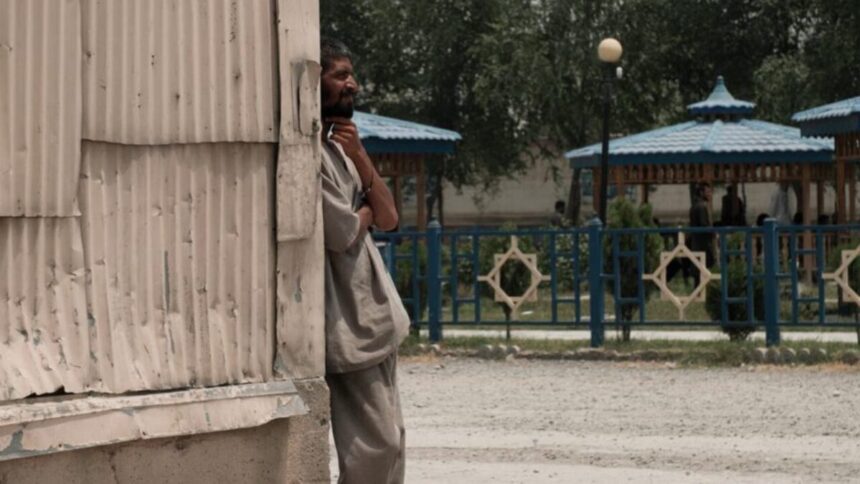RASC News Agency: The United Nations has issued a stark warning regarding the surge in synthetic drug use in Afghanistan, cautioning that it poses a severe threat to the nation’s public health. According to a recent UN report, while heroin and opium remain widespread, the consumption of synthetic drugs such as methamphetamine (commonly referred to as crystal meth) is escalating at an unprecedented pace. Methamphetamine addiction, now encompassing a significant share of drug users in the country, is compounding treatment complexities and placing extraordinary strain on Afghanistan’s already scarce healthcare resources.
The report references findings from a United Nations Development Programme (UNDP) survey on drug treatment capacity in Afghanistan. It emphasizes that without carefully designed interventions, the proliferation of synthetic narcotics risks deepening the country’s already dire public health crisis. Simultaneously, the United Nations Office on Drugs and Crime (UNODC) reported on Wednesday, November 27, that Afghanistan’s opium production has risen by 30% compared to the previous year. Projections for 2024 estimate opium production to reach 433 tons, marking a 30% increase from 2023. However, despite this increase, the estimated value of this year’s opium yield stands at $260 million—an increase of 130% over the previous year but still 80% below its valuation in 2022.
The UNODC report noted that, although the Taliban declared a ban on poppy cultivation in 2022, Afghanistan’s opium production remains 93% lower than that year’s levels. Nonetheless, recent data indicates that poppy cultivation has grown by 19% in the past year, with approximately 12,800 hectares of land now devoted to this crop. The report further sheds light on the impact of restrictive policies targeting women. These measures have severely curtailed women’s access to addiction treatment and healthcare services.
According to the UNDP survey, only 17% of Afghanistan’s 82 operational drug rehabilitation centers are designated for women, with such facilities available in just over one-third of the country’s provinces. Consequently, a significant number of women are left without essential treatment options. Moreover, the survey reveals a dramatic decline in the availability of qualified medical professionals, essential equipment, and infrastructural funding. The UN highlighted that 72% of drug rehabilitation centers in Afghanistan are operating at or near full capacity. However, many of these facilities lack critical resources such as naloxone, a life-saving medication vital for addressing opioid overdoses.
This troubling situation underscores the urgent need for coordinated efforts to address the intertwined crises of drug addiction and healthcare infrastructure in Afghanistan, particularly as the prevalence of synthetic narcotics continues to rise unchecked.






